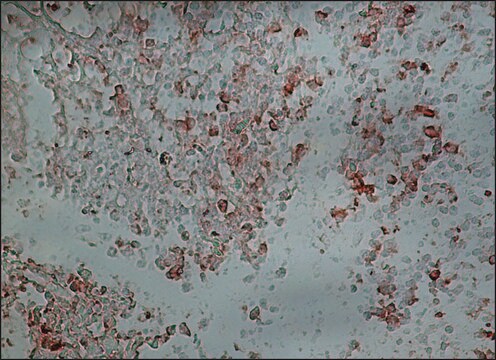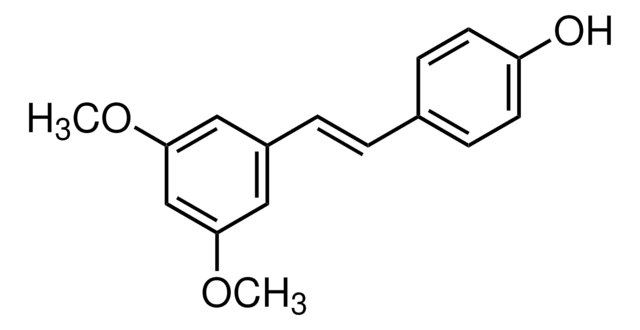F6261
Anti-Guinea Pig IgG (whole molecule)−FITC antibody produced in goat
affinity isolated antibody, buffered aqueous solution
Synonyme(s) :
Goat Anti-Guinea Pig IgG (whole molecule)−Fluorescein isothiocyanate
About This Item
Produits recommandés
Source biologique
goat
Niveau de qualité
Conjugué
FITC conjugate
Forme d'anticorps
affinity isolated antibody
Type de produit anticorps
secondary antibodies
Clone
polyclonal
Forme
buffered aqueous solution
Technique(s)
direct immunofluorescence: 1:64
Température de stockage
2-8°C
Modification post-traductionnelle de la cible
unmodified
Description générale
Anti-Guinea Pig IgG (whole molecule)-FITC antibody is specific for guinea pig IgG subclasses. Goat anti-Mouse IgG is purified by affinity isolation and conjugated to FITC.
The suitability of any secondary antibody to a specific immunodetection application is dependent upon its signal development system configuration. Signal development systems are based upon the chemical conjugation of a signal mediator to the secondary antibody. Major secondary antibody signal systems are color (chromogenic), chemiluminescence or fluorescence based and involve the use of enzymes or high affinity binary systems such as biotin:avidin.
Fluorescein isothiocyanate (FITC) is a fluorescein derivative (fluorochrome) used to tag antibodies, including secondary antibodies, for use in fluorescence-based assays and procedures. FITC excites at 495 nm and emits at 521 nm.
Immunogène
Application
Forme physique
Clause de non-responsabilité
Vous ne trouvez pas le bon produit ?
Essayez notre Outil de sélection de produits.
Code de la classe de stockage
10 - Combustible liquids
Classe de danger pour l'eau (WGK)
WGK 2
Point d'éclair (°F)
Not applicable
Point d'éclair (°C)
Not applicable
Faites votre choix parmi les versions les plus récentes :
Déjà en possession de ce produit ?
Retrouvez la documentation relative aux produits que vous avez récemment achetés dans la Bibliothèque de documents.
Notre équipe de scientifiques dispose d'une expérience dans tous les secteurs de la recherche, notamment en sciences de la vie, science des matériaux, synthèse chimique, chromatographie, analyse et dans de nombreux autres domaines..
Contacter notre Service technique








